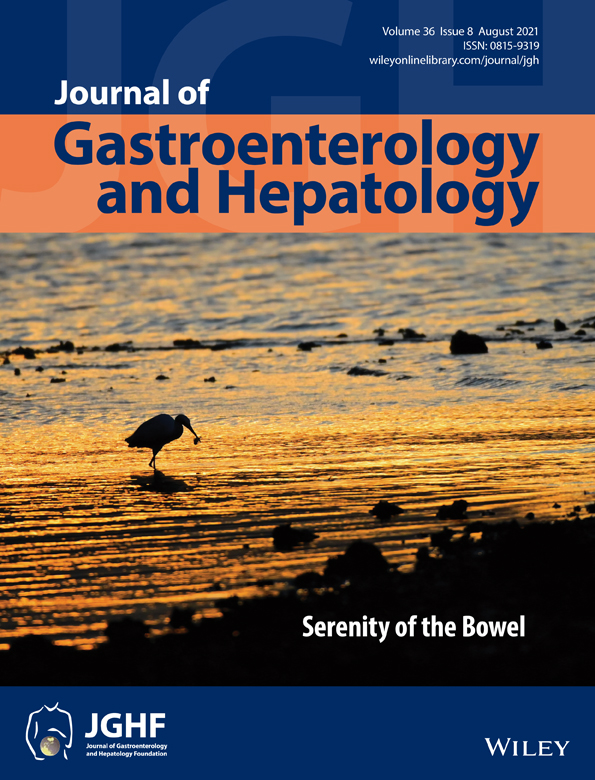Estimating the number of new hepatitis C infections in Australia in 2015, prior to the scale-up of direct-acting antiviral treatment
Declaration of conflict of interest: N. S. and P. D. have received investigator-initiated research funding from Gilead Sciences. M. H. and the Burnet Institute received investigator-initiated research funding from Gilead Sciences, Merck, AbbVie, and Bristol Myers Squibb (BMS). G. J. D. is an advisory board member and receives honorarium from Gilead, Merck, and AbbVie and has received research grant funding from Gilead, Merck, and AbbVie and travel sponsorship from Gilead, Merck, and AbbVie. P. D. has received an untied educational grant from Indivior unrelated to this study and has served as an unpaid member on an advisory board for Mundipharma. M. S. is an advisory board member and receives honorarium from Gilead and has received investigator-initiated funding from Gilead Sciences, AbbVie, and Bristol Myers Squibb for research unrelated to this work. L. M. receives salary support from NHMRC Fellowship GNT1154839. No pharmaceutical grants were received in the development of this study.
Abstract
Background and Aim
The recent downward revision of the estimated number of people living with chronic hepatitis C in Australia means that the annual number of new hepatitis C infections should also be revised. We aimed to estimate the annual number of new hepatitis C infections among people who inject drugs (PWID) in Australia in 2015, prior to the introduction of direct-acting antiviral (DAA) treatment for hepatitis C, as an updated baseline measure for assessing the impact of DAAs on hepatitis C incidence over the next 10 years.
Methods
A systematic review identified articles estimating hepatitis C incidence rates among PWID between 2002 and 2015. Reported incidence rates were adjusted to account for unrepresentative needle and syringe program (NSP) coverage among study participants compared with PWID overall. The total number of PWID in Australia and the hepatitis C RNA prevalence among PWID were taken from published estimates. The annual number of new infections was estimated by multiplying the pooled NSP coverage-adjusted incidence rate by the number of susceptible PWID in 2015.
Results
Five studies were included, with unadjusted incidence rates ranging from 7.6 to 12.8 per 100 person-years. The overall pooled incidence rate (after adjusting for NSP coverage) was 9.9 per 100 person-years (95% confidence interval: 8.3–11.8). This led to an estimate of 4126 (range 2499–6405) new hepatitis C infections in 2015.
Conclusions
Our updated estimate provides an important baseline for evaluating the impact of hepatitis C elimination efforts and can be used to validate outcomes of future modeling studies.




